Four Piece Set 1965–67
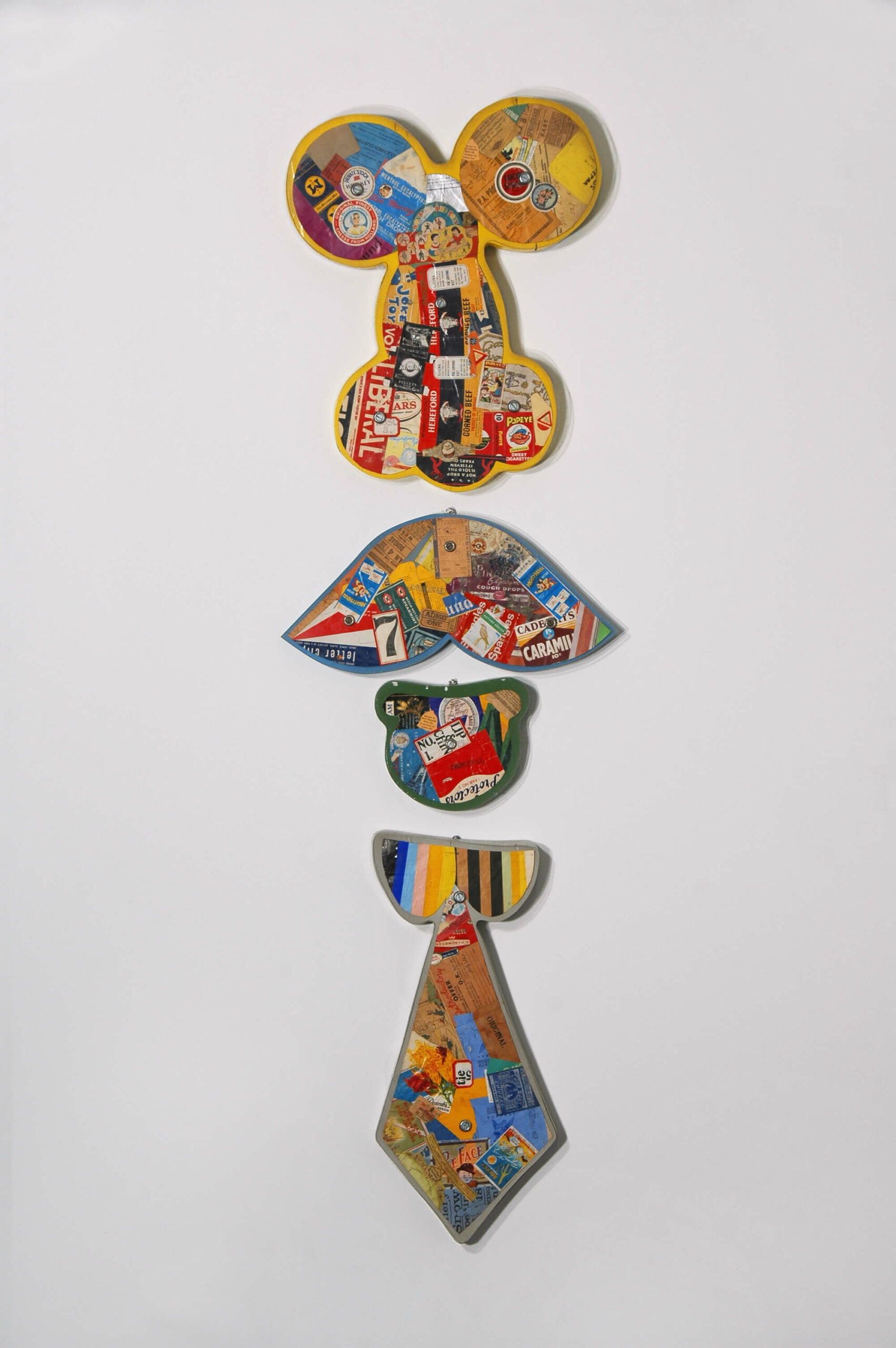
Greg Curnoe, Four Piece Set, 1965–67
Collage, stamp pad ink on card, Plexiglas, screws, cup washers, screw eyes on painted wood
Nose A, 51 x 41.4 cm (May 25, 1966); Moustache #7, 21.2 x 45 cm (December 5, 1965); Lip and Chin #1, 17.5 x 20.6 cm (July 3, 1967); Tie #5, 54.5 x 24.1 cm (July 3, 1967)
Museum London
After several years of producing conventional collages, Greg Curnoe created more than fifty shaped collages, or “cutouts,” between 1965 and 1968. Most represent facial parts—eyes wearing round glasses attached to noses, moustaches (Curnoe was famous for his luxuriant one), lips, and chins. He eventually combined some of these shapes into six sets, adding ties to suggest larger-than-life, cartoonish characters. This four piece set represents the culmination of Curnoe’s interest in collage.
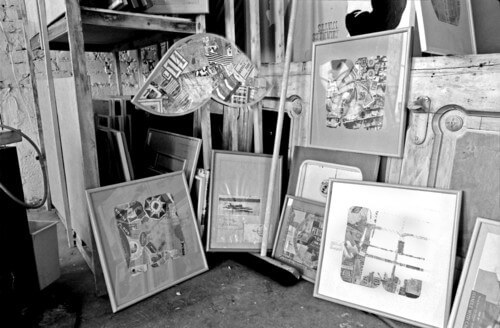
Inspired by his fondness for Dada, especially the collages of Kurt Schwitters (1887–1948), here he developed his own original approach, creating another form of autobiography or self-portrait. To produce these cutouts, the paper shapes were pre-cut to fit onto painted, shaped wooden supports, then collaged pieces from his collection of paper ephemera were trimmed to the edges of the paper and placed on the support. Shaped Plexiglas was then screwed on top for protection, making the frame integral to the work and creating three-dimensional objects. R 34, a film by Jack Chambers (1931–1978), shows Curnoe at work on these collages.
Artist Robert Fones (b. 1949) observed, “These cutout collages . . . represent Curnoe’s mind, his perceptions, his memories and the connections he makes between items he chose to put together in any one collage.” In this four piece set, we can see how the collaged elements are carefully chosen: two circular shapes are glued where eyes would be, reinforced by the round screws; complementary colours are juxtaposed; the black stripe of the corned-beef label suggests the bridge of the nose; the striped paper is placed on the shirt collar.
Curnoe would continue to use collage and assemblage in some of his later works, such as View of Victoria Hospital, Second Series, February 10, 1969–March 10, 1971, but this series represents his most fully realized and original use of these techniques, his most unusual self-portraits.

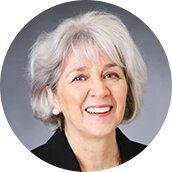 About the Author
About the Author
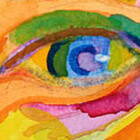 More Online Art Books
More Online Art Books
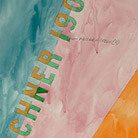 Acknowledgements
Acknowledgements